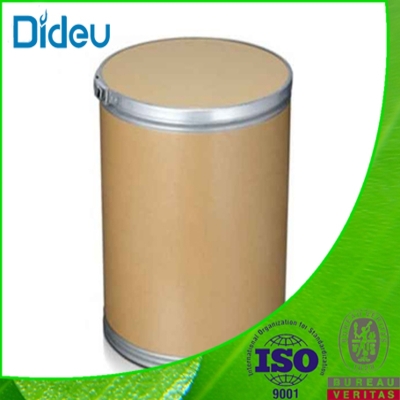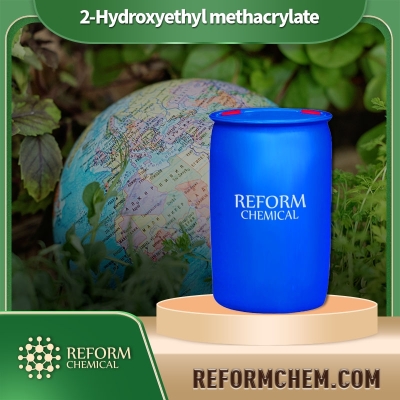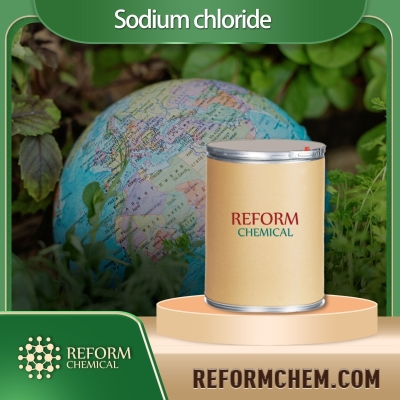-
Categories
-
Pharmaceutical Intermediates
-
Active Pharmaceutical Ingredients
-
Food Additives
- Industrial Coatings
- Agrochemicals
- Dyes and Pigments
- Surfactant
- Flavors and Fragrances
- Chemical Reagents
- Catalyst and Auxiliary
- Natural Products
- Inorganic Chemistry
-
Organic Chemistry
-
Biochemical Engineering
- Analytical Chemistry
-
Cosmetic Ingredient
- Water Treatment Chemical
-
Pharmaceutical Intermediates
Promotion
ECHEMI Mall
Wholesale
Weekly Price
Exhibition
News
-
Trade Service
Ibandronate is a bisphosphonate drug that is commonly used to treat osteoporosis and other conditions that affect bone health.
It is synthesized through a series of chemical reactions that involve the assembly of various chemical building blocks.
In this article, we will discuss the synthetic routes of ibandronate, which can be broadly categorized into two general approaches: the Wittig reaction-based route and the hydroxyapatite-based route.
Wittig Reaction-Based Route:
The Wittig reaction-based route is one of the most commonly used methods for synthesizing ibandronate.
This route involves the use of a chemical reaction called the Wittig reaction, which involves the condensation of an alkyl halide with a phosphine-terminated species.
The reaction typically proceeds through an intermediate called a ylide, which is a reactive species that undergoes subsequent reaction steps to form the final product.
The synthesis of ibandronate via the Wittig reaction-based route typically involves several steps, including the preparation of the starting materials, the Wittig reaction, and any necessary subsequent modifications or protecting group manipulations.
Some of the key steps in this route are illustrated below:
- Preparation of the starting materials:
The synthesis of ibandronate via the Wittig reaction-based route typically begins with the preparation of the starting materials, which include an alkyl halide and a phosphine-terminated species.
The alkyl halide can be derived from a variety of sources, such as alcohols, amines, or acids, while the phosphine-terminated species is typically prepared by treating a metal alkoxide with a phosphine reagent.
- The Wittig reaction:
The Wittig reaction is the key step in the synthesis of ibandronate via this route.
In this reaction, the alkyl halide and the phosphine-terminated species undergo condensation to form a ylide, which then undergoes subsequent reactions to form the final product.
The reaction typically involves the use of a Lewis acid catalyst, such as zinc chloride or aluminum chloride, to catalyze the reaction.
- Subsequent modifications or protecting group manipulations:
After the completion of the Wittig reaction, any necessary subsequent modifications or protecting group manipulations can be carried out.
These steps may include the removal of protecting groups, the addition of functional groups, or the formation of ring structures, among others.
Hydroxyapatite-Based Route:
The hydroxyapatite-based route is another method that can be used to synthesize ibandronate.
This route involves the use of a naturally occurring mineral called hydroxyapatite, which is a form of calcium phosphate that is found in bone.
The synthesis of ibandronate via this route typically involves several steps, including the preparation of the starting materials, the formation of hydroxyapatite, and any necessary subsequent modifications or protecting group manipulations.
Some of the key steps in this route are illustrated below:
- Preparation of the starting materials:
The synthesis of ibandronate via the hydroxyapatite-based route typically begins with the preparation of the starting materials, which include an amino acid and a phosphonate derivative.
The amino acid can be derived from a variety of sources, such as proteins or peptides, while the phosphonate derivative is typically prepared by treating an alcohol with a phosphorus reagent.
- Formation of hydroxyapatite:
In this step, the amino acid and the phosphonate derivative are reacted in the presence of a source of calcium ions, such as calcium chloride or calcium nitrate, to form hydroxyapatite.
The reaction typically proceeds through the formation of an intermediate carboxylate, which then undergoes a series of subsequent reactions to form the final product







